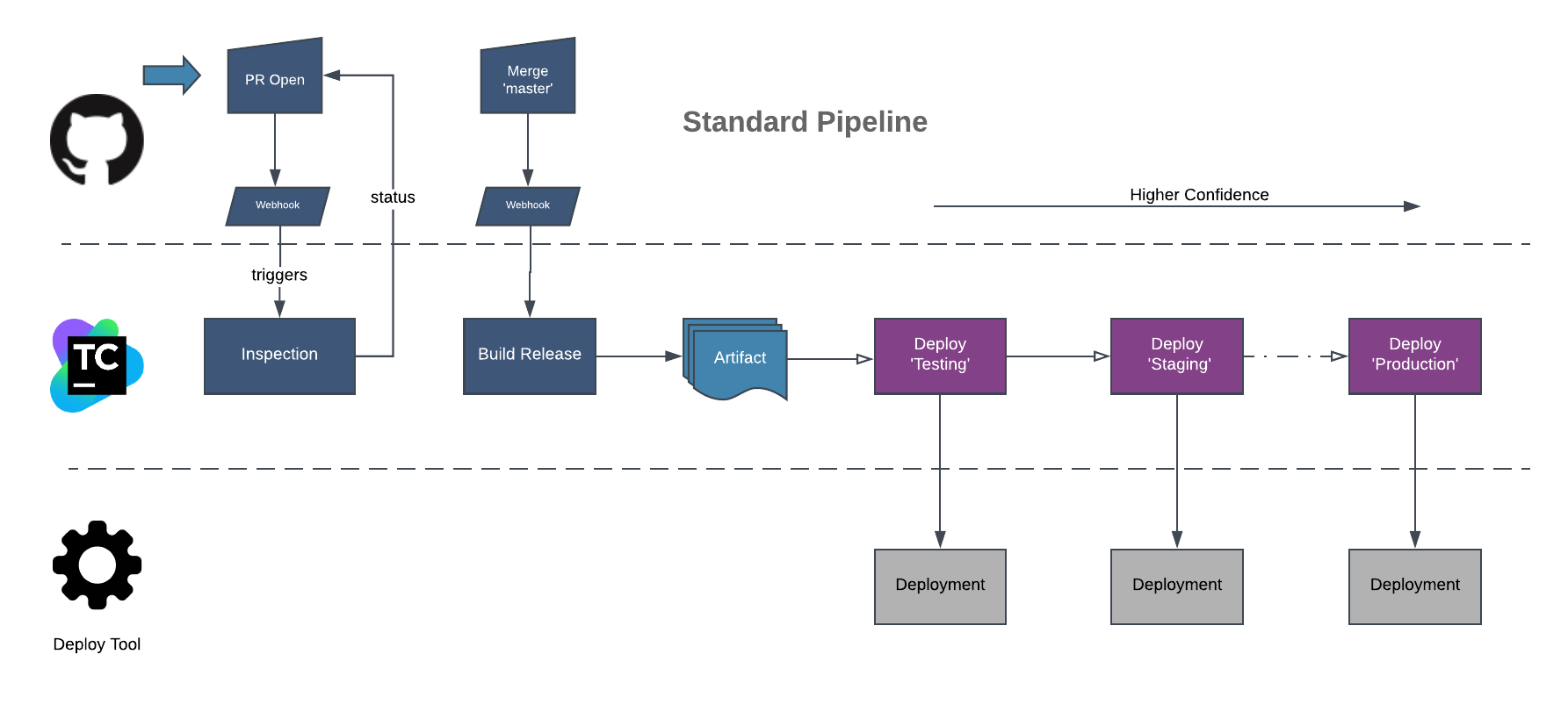
runs will we be able to make use of the VCS labelling mode under Teamcity? However since we want to label specific Build artifacts when 2.-5. VCS labelling mode under the Version Control Settings Now team city has a couple of features for labellingġ. Are all run manually and target a specific version of the Build dependency Is triggered when ever the dependency 1, is changedģ. Is triggered when ever source is checked into SVNĢ. Live - (Performs the deployment of a specific build number of Build (1) to the live customer facing environment) AND tags SVN artifacts (including SVN externs) with the Live release tag. Staging - (Performs the deployment of a specific build number of Build (1) to the live data proofing environment) AND tags SVN artifacts (including SVN externs) with the STAGING release tag (NANT runner)ĥ. UAT - (Performs the deployment of a specific build number of Build (1) to the UAT environment) AND tags SVN artifacts (including SVN externs) with the UAT release tag (NANT runner)Ĥ. Hot - (Performs the deployment of the latest successfully Build (1) to the hot build environment). Build - (Performs the Compile), this is a VS* job runner.Ģ. I was wondering if anyone has specific inputs regarding TeamCity and SVN wrt to automatic tagging.Īt present we are looking to setup a build configuration model for each project which looks a bit like so:ġ. We are in the process of formalizing our build/release processes all the way down to the SVN repo. Create helper function to get all TeamCity parameters for a specified Project Id.We have been using TeamCity for a few years and it’s been fantastic.$encodedCreds = ::ToBase64String(::ASCII.GetBytes($pair))

#Teamcity builds update#
Go through all the parameters and update them to follow the formatting specified above.Avoid using prefixes that interfere with TeamCity’s defaults (env., system., dep.) Devise a parameter naming convention to denote the environment that the parameter value belongs to.You should also consider making a TeamCity service account that will be used for REST API calls. For this to work correctly all values that need to change per environment must be parameterized.Selecting an environment will now occur when clicking “Run” on the new build config the user will be prompted to select an environment. The example used in this article is to support deployment to multiple environments however this may be used for builds, testing and so on.īy following this article, the TeamCity dashboard would go from looking like this (with a “Execute Deployment” build config under each project): In some cases this can help reduce costs since the number of build configs TeamCity allows is limited by the Licensing that was obtained.

Using TeamCity service messages and the TeamCity REST API can help solve this problem and keep all operations for a project under one build config.

The use of inheritance and build templates can help with maintenance, but that doesn’t solve the issue of having a build config for each environment (DEV, TEST, PROD, etc). Having multiple build configs can clutter up the TeamCity dashboard and make maintenance bothersome.


 0 kommentar(er)
0 kommentar(er)
